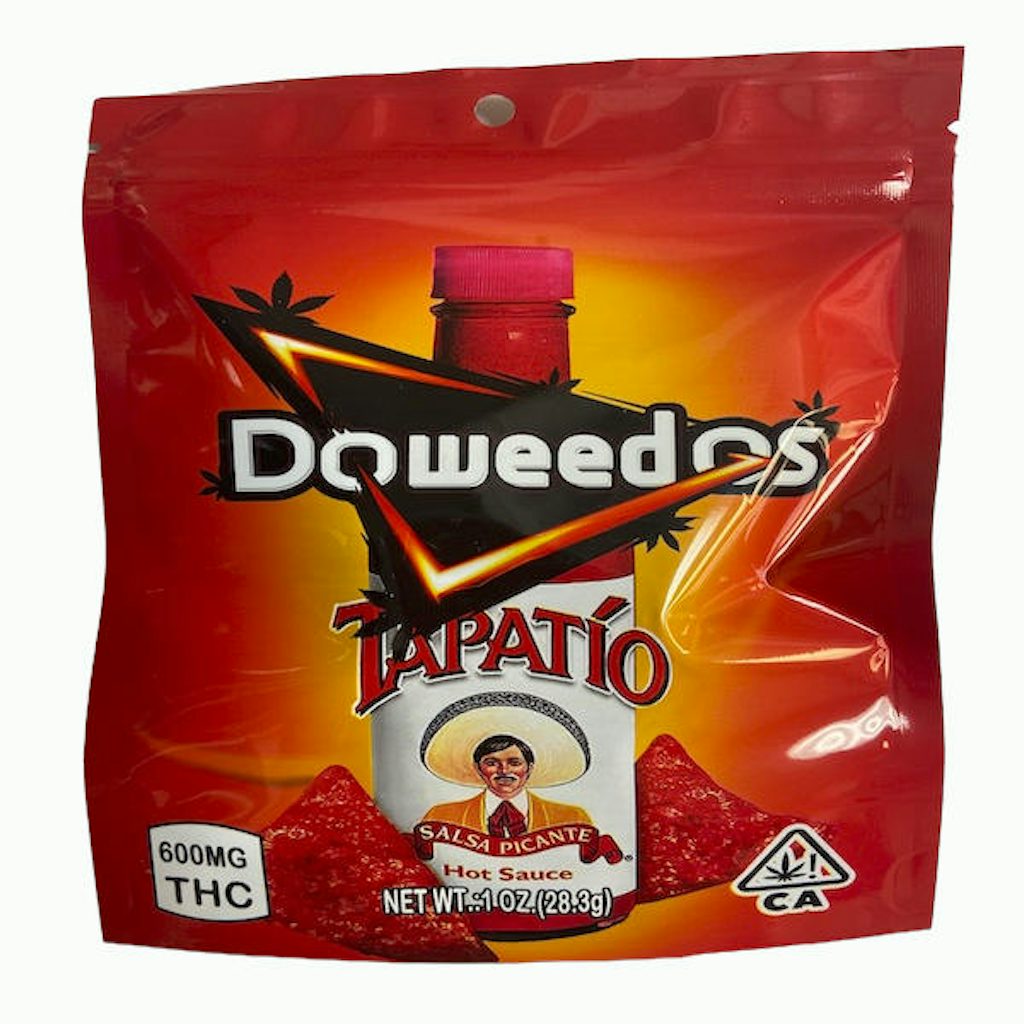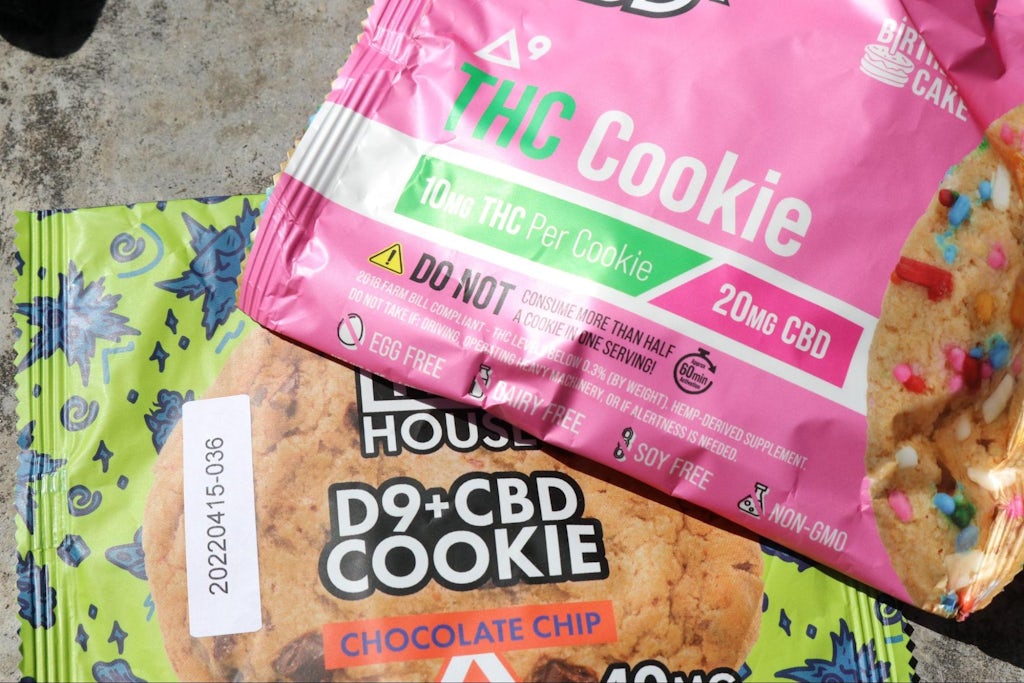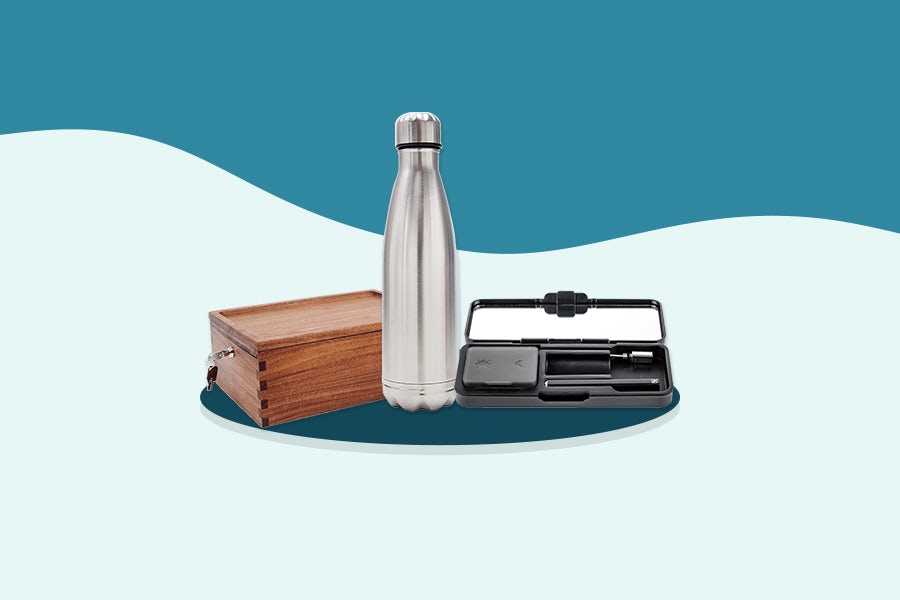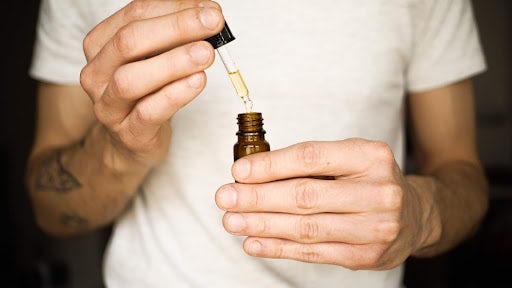There are many benefits to cannabis edibles – they’re tasty and discreet with long-lasting effects. But they’re not without their drawbacks, especially in small and inexperienced hands. As a front-line pediatric pharmacist in a Southern California emergency department, I see accidental cannabis ingestion in small children at least weekly, if not more often. The advent of beautiful, delicious, infused candies like gummies and chocolate has brought joy to countless cannabis consumers, but in the wrong (small) hands, mishandling these sweet treats can lead to serious consequences.
Pediatric cannabis ingestions are on the rise
Legalization has led to an increase in pediatric ingestions. Numerous studies have found an association between legalization and the number of pediatric ingestions of THC-containing products; both intentional and unintentional ingestions are on the rise. While it’s possible that part of this increase in the reporting of accidental ingestions is related to decreasing stigma around cannabis, evidence still suggests accidental ingestions are on the rise. 1
With the intentional ingestions that go awry, it’s usually an older child or teenager who takes too much, and has a “total freakout,” accompanied by panic attacks, paranoia, and/or erratic behavior. Other times it’s the parents who freak out. Unintentional edibles overdoses, on the other hand, usually occur in toddlers or young children, most by getting into their parents’ or siblings’ cannabis products at home. 2 3
Why is packaging so important?

In the US, thanks to prohibition, every legal state – medical or recreational or both – has its own packaging rules and regulations. As a result, there’s a lot of problematic packaging that’s either too easy or too difficult to open, which can both be challenging depending on context. There are also claims that cannabis packaging often appeals to children – with bright neon colors and artsy cartoons. Likewise, products that imitate non-infused foods, like Oreos, Doritos, or Skittles, are another major issue in the illicit cannabis market. 4 5
But there are more serious problems than the variation in laws from state to state – many cannabis products are being sold with no regulation whatsoever. For example, it’s estimated that there are still more illegal cannabis products being purchased in California than cannabis products. And to make things worse, these illicit products are not held to any regulatory standard, nor do they contribute to local taxes. Moreover, legal delta-8 THC and other intoxicating, hemp-derived cannabinoid products generally fall into this unregulated category. Because the process of producing these cannabinoids from hemp is not simple chemistry, scientists have raised concerns about the safety of these processes, and the byproducts that are produced while converting CBD into THC. 6
What about unregulated cannabis edibles?

There are also countless edibles products made outside of the legal cannabis framework. Sometimes known as trap gummies and available across the entire country, the quality of these products is mostly unknown. They often have misleading or difficult to understand labeling, and can contain huge doses of THC – sometimes upwards 500mg. In my experience in pediatric hospitals over the last decade, it’s these illicit products that are most likely to send children to the emergency department, particularly because the dosages often go far above the 10mg per serving/100mg per package limits in the California adult-use cannabis market. Of course, even 100mg can easily be too much for a child, and certainly legal cannabis products have also been implicated with accidental ingestions. 7 8
What happens when children accidentally eat edibles?
A recent study in Canada found that in the four years since commercial cannabis edibles were permitted for sale, the rate of pediatric hospitalizations for accidental ingestion doubled compared to the previous four years. THC-containing products are increasingly to blame for children showing up at the emergency department. And while serious injury or long term effects from a one-off accidental ingestion is rare, there are side effects – and they can be very unpleasant. 9 10
It is not uncommon for children to become so sedated that they are admitted to the hospital with concerns around their breathing or ability to maintain proper vital signs. As anyone who’s eaten too much THC will know, side effects can vary widely, from dizziness and vomiting to sedation and stupor. In children, because of their small body size, a relatively small dose of THC can have strong effects. Serious side effects can include vomiting, severe lethargy, the inability to walk, blood pressure problems, slow breathing, confusion or agitation, and even seizures have been reported on rare occasions. 11 12
There’s a long-held claim that no one has ever died from a cannabis overdose. However as cannabis use becomes more widespread, that narrative has been changing. In addition to two deaths associated with cannabinoid hyperemesis syndrome, there has also been at least one death associated with a delta-8 edible, taking the life of a 4-year-old Virginian boy in 2022. While many of the details in this case remain unclear, such as the dose ingested, product contamination, and preexisting health conditions, tragic stories like this highlight the importance of secure, lockable cannabis storage solutions. 13
The good news is that solving this issue shouldn’t be that hard – all we need to do is apply common sense packaging solutions like those employed with dangerous chemicals, prescription medications, and alcohol. Child-resistant packaging and elevated or locked storage just makes sense; when children can’t reach and/or open the packaging, they’re much less likely to end up in the emergency department.
Child-proof vs child-resistant
To child-proof something means to ensure that no child could ever gain access to it – a challenging task as “getting into things” is something kids thrive at. As such, packaging is rarely intended to be truly child-proof, but instead just resistant to kids. Child-resistant packaging, as defined by the Poison Prevention Packaging Act, is designed to be challenging but not impossible for children under 5 years of age to open within a reasonable time, while being accessible for adults. The general idea is it will take kids greater than 5 minutes to open, but can be quickly opened by 9 out of 10 adults. In other words, child-resistant packaging aims to slow children down rather than completely prevent access, and while it has reduced unintentional poisoning deaths, supervision and proper storage remain essential.
What about homemade edibles?
While many states have regulations on child-resistant packaging in retail settings, if you’re making your own edibles you’ll need to take responsibility for your own childproofing. It’s one thing to leave cannabis flower accessible, as ingesting it before decarboxylation wouldn’t be dangerous for children (because eating THCA doesn’t get you high). But if you’re making cannabis-infused goodies at home, a couple of stolen cookies from the “wrong” jar could make for a rough evening in the emergency department.
To bring awareness to the issue, two Colorado-based brands are reminding cannabis consumers to safeguard their weed. Edibles producer Wana Brands and cannabis storage brand Stashlogix propose the following four simple steps:
- Buy products with child-resistant packaging.
- Store cannabis in a secure, lockable device.
- Place cannabis out of reach of children.
- Learn more about child-proofing from a free course.
“The safety of my kids was the inspiration for founding a company devoted to creating safe storage solutions for cannabis products,” said Skip Stone, CEO and Founder of Stashlogix. “Our mission is to help as many parents as possible utilize smart practices to store cannabis, and we are so grateful to partner with a responsible company like Wana Brands on the Kid-proof Your Cannabis campaign.”
Bottom line – keep your edibles locked, well labeled and out of reach of children
Kids will be kids, and kids love sweet treats. Stoners do too, but to be good stewards of the plant, we must be smart about where we store our edibles. Bottom line – keep your cannabis products locked and out of reach of children, and well labeled. Whether you’re buying products with safe packaging or using your own storage device at home, you’re doing the responsible thing and keeping your friends and family safe – while still enjoying the benefits of cannabis edibles.
Sources
- Myran DT, Cantor N, Finkelstein Y, et al. Unintentional Pediatric Cannabis Exposures After Legalization of Recreational Cannabis in Canada. JAMA Netw Open. 2022;5(1):e2142521. doi:10.1001/jamanetworkopen.2021.42521
- Leubitz, A., Spiller, H. A., Jolliff, H., & Casavant, M. (2021). Prevalence and Clinical Characteristics of Unintentional Ingestion of Marijuana in Children Younger Than 6 Years in States With and Without Legalized Marijuana Laws. Pediatric emergency care, 37(12), e969–e973. https://doi.org/10.1097/PEC.0000000000001841
- Whitehill, J. M., Harrington, C., Lang, C. J., Chary, M., Bhutta, W. A., & Burns, M. M. (2019). Incidence of Pediatric Cannabis Exposure Among Children and Teenagers Aged 0 to 19 Years Before and After Medical Marijuana Legalization in Massachusetts. JAMA network open, 2(8), e199456. https://doi.org/10.1001/jamanetworkopen.2019.9456
- Gourdet, C., Giombi, K. C., Kosa, K., Wiley, J., & Cates, S. (2017). How four U.S. states are regulating recreational marijuana edibles. The International journal on drug policy, 43, 83–90. https://doi.org/10.1016/j.drugpo.2017.01.018
- Tan, A. S. L., Weinreich, E., Padon, A., Sanchez, M., Snyder, K. M., Vasilyeva, A., Sandh, S., Goldmann, E., Goodman, M., & Ompad, D. C. (2022). Presence of Content Appealing to Youth on Cannabis-Infused Edibles Packaging. Substance use & misuse, 57(8), 1215–1219. https://doi.org/10.1080/10826084.2022.2069268
- Geci M, Scialdone M, Tishler J. The Dark Side of Cannabidiol: The Unanticipated Social and Clinical Implications of Synthetic Δ8-THC. Cannabis Cannabinoid Res. 2023;8(2):270-282. doi:10.1089/can.2022.0126
- Stoner, M. J., Dietrich, A., Lam, S. H., Wall, J. J., Sulton, C., & Rose, E. (2022). Marijuana use in children: An update focusing on pediatric tetrahydrocannabinol and cannabidiol use. Journal of the American College of Emergency Physicians open, 3(4), e12770. https://doi.org/10.1002/emp2.12770
- Goodman, S., Hammond, D. THC labeling on cannabis products: an experimental study of approaches for labeling THC servings on cannabis edibles. J Cannabis Res 4, 17 (2022). https://doi.org/10.1186/s42238-022-00124-1
- Myran, D. T., Tanuseputro, P., Auger, N., Konikoff, L., Talarico, R., & Finkelstein, Y. (2023). Pediatric Hospitalizations for Unintentional Cannabis Poisonings and All-Cause Poisonings Associated With Edible Cannabis Product Legalization and Sales in Canada. JAMA health forum, 4(1), e225041. https://doi.org/10.1001/jamahealthforum.2022.5041
- Campbell, C. T., Phillips, M. S., & Manasco, K. (2017). Cannabinoids in Pediatrics. The journal of pediatric pharmacology and therapeutics : JPPT : the official journal of PPAG, 22(3), 176–185. https://doi.org/10.5863/1551-6776-22.3.176
- Kaczor, E. E., Mathews, B., LaBarge, K., Chapman, B. P., & Carreiro, S. (2021). Cannabis Product Ingestions in Pediatric Patients: Ranges of Exposure, Effects, and Outcomes. Journal of medical toxicology : official journal of the American College of Medical Toxicology, 17(4), 386–396. https://doi.org/10.1007/s13181-021-00849-0
- Marit S. Tweet, Antonia Nemanich, Michael Wahl; Pediatric Edible Cannabis Exposures and Acute Toxicity: 2017–2021. Pediatrics February 2023; 151 (2): e2022057761. 10.1542/peds.2022-057761
- Nourbakhsh, M., Miller, A., Gofton, J., Jones, G., & Adeagbo, B. (2019). Cannabinoid Hyperemesis Syndrome: Reports of Fatal Cases. Journal of forensic sciences, 64(1), 270–274. https://doi.org/10.1111/1556-4029.13819
Sign up for bi-weekly updates, packed full of cannabis education, recipes, and tips. Your inbox will love it.

 Shop
Shop Support
Support



















